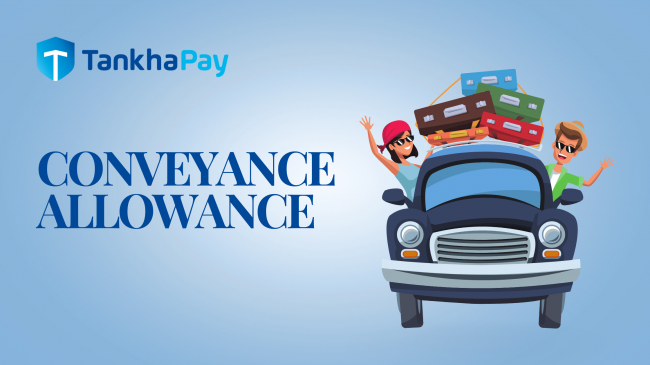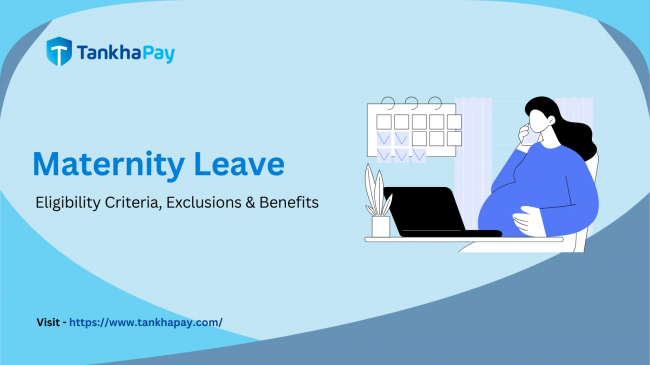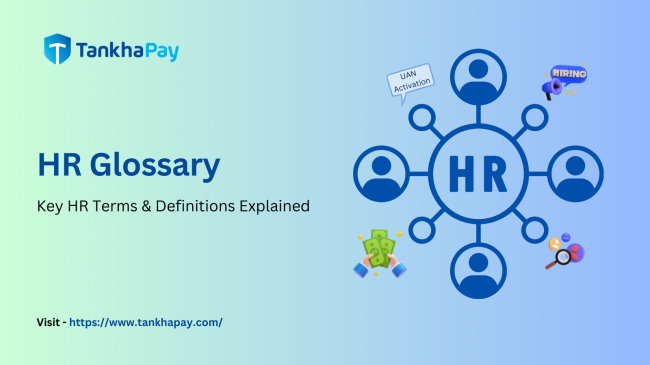The National Pension Scheme is a strong investment instrument that offers broad investment opportunities. At a time when individuals are bearing ever more of the responsibility for retirement preparation, this scheme stands as a shining example of prudent financial decision-making. It provides a structured, well-regulated platform for building a nest egg.
In this modern era, retirement needs to be planned with the utmost care. Everyone has to analyze the available options and then compare their returns to ensure building a sufficient retirement corpus. Here, a clear understanding of the intricacies involved in retirement planning becomes more than essential. Luckily, there is the government-approved National Pension Scheme for this purpose.
What is the National Pension Scheme
India's National Pension Scheme (NPS) is a voluntary, long-term retirement plan involving a contribution by both the subscriber and the Central Government. The Pension Fund Regulatory and Development Authority (PFRDA) and the Central Government have devised a scheme to provide retirement benefits to all residents and encourage saving for retirement.
NPS was introduced as a government-sponsored long-term investment pension scheme in 2004, with the purpose of replacing traditional central and state government pension schemes. It was later opened to the public in 2009.
The scheme encourages the subscribers to invest in a pension account periodically during employment. At the time of retirement, the subscribers can withdraw a percentage of corpus and the remaining corpus will be paid to the subscribers in the form of monthly pension by the NPS account holders.
NPS is a great retirement planning tool that not only helps in saving money but also offers a steady income to cover regular expenditures.
Eligibility for NPS
- Any individual who satisfies the following eligibility can invest in NPS:
- Is a resident or non-resident Indian citizen or a Non-Resident Indian (NRI).
- Between 18 – 70 years of age.
- Should fulfill the Know Your Customer (KYC) norms mentioned in the application form.
- Should be legally eligible to enter into a contract as per the Indian Contract Act.
- Overseas citizens of India (OCI), Persons of Indian Origin (PIOs) and Hindu Undivided Families (HUFs) are not eligible to subscribe to NPS.
- NPS is an individual pension account. Hence, it cannot be made in anyone else's name.
NPS Tax Benefits
One of the significant benefits you get from an NPS account is that it helps you save taxes. You are eligible for a tax benefit of up to Rs 1.5 lakhs. This is available on the contribution that you make towards your NPS account under Section 80C of the Income Tax Act.
The deduction is available under the following two heads for NPS contribution:
a) Section 80CCD (1)
This deduction is available for self-contribution. This is the amount that you invest in your NPS account. The maximum deduction is up to 10% of your salary. If you are self-employed then the deduction is up to 20% of your total income.
b) Section 80CCD (2)
This deduction is available for the contribution made by the employer to your account. This is only available to you if you are a salaried individual. The deduction allowed is the lower of
10% of Basic Salary + DA
Amount contributed by your employer
Gross total income
An additional deduction of Rs 50,000 above the standard deduction of Rs. 1.5 Lakhs can also be availed.
NPS partial withdrawals are tax-exempt if the amount withdrawn is less than 25% of self-contribution, subject to circumstances and criteria prescribed by PFRDA under section 10(12B).
Rules for Withdrawing NPS

If one had invested in NPS, they were not allowed to withdraw the entire corpus fund until retirement. The withdrawal process differs according on whether the subscriber is under or over the age of 60.Currently, a person can withdraw up to 60% of the total corpus as a lump sum, with the remaining 40% invested in an annuity plan. Under the new NPS guidelines, subscribers can withdraw the entire corpus if it is below Rs 5 lakh without buying an annuity plan.
Pre-mature exit / Before attaining the age of 60
In case of premature exit, 80% of the Subscriber's accumulated pension corpus is used to purchase an annuity yielding a regular monthly income. If the total corpus is up to Rs.2.5 lakh, the subscriber can claim for 100% lump sum withdrawal.
Partial Withdrawal:
If you have been investing in NPS for at least three years, then you can withdraw up to 25% of your corpus. You are allowed to withdraw 3 times with a gap of 5 years to meet your immediate financial requirements.
Once you reach a Superannuation / On maturity/ Reach the age of 60
On reaching the age of 60, the subscriber can draw 60% of the accrued pension corpus. The remaining 40% must be kept to keep receiving monthly pension on a regular basis
Upon the death of the subscriber
In the event of the demise of the subscriber, the entire accrued pension corpus would be paid to the subscriber's nominee/legal heir.
FAQs
How much of my monthly pension will I receive from NPS?
Your monthly pension from NPS is determined by the asset classes you invested in, the period of your investment, and the amount you contributed.
Who is eligible for the NPS scheme?
Eligibility This means any Indian citizen between 18 and 70 years of age is eligible to subscribe to NPS. NRIs and overseas Indians are also allowed to subscribe, but they should be competent to contract under the Indian Contract Act. PIOs and HUFs are not eligible to subscribe to NPS.
What is the minimum contribution for Tier I and Tier II accounts?
The minimum contribution for Tier I accounts is Rs.500 per month and for Tier II it is Rs.250 per month. Subscribers are also required to maintain a minimum balance amounting to Rs.6000 at the end of the year for Tier I and Rs.2000 for Tier II.
What is a Pension Fund Manager?
They ensure effective financial management of pension funds, which they invest to grow assets for the future.
Conclusion
The National Pension Scheme has played a significant role in an era where much more responsibility for retirement planning is left on the individual by providing a well-structured platform to build a nest egg that remains well regulated. The bottom line is early and informed participation in the NPS for maximum benefit. It makes sense only if one understands the nuances of contribution, asset allocation, and investment choices available. All this helps tailor the NPS strategy according to one's financial goals and risk appetite.
















